Micro lens is a special lens used for micro photography. It is mainly used for shooting very fine objects, such as flowers/insects and close observation of workpieces. In order to focus the object at very close range correctly, the micro lens is usually designed to stretch longer so that the optical center is as far away from the sensor as possible. At the same time, in the design of lens group, attention must be paid to the control of deformation and color difference at close range.
Strictly speaking, only a lens with magnification of 1:1 or more can be truly called a macro lens. The magnification of 1:1 is that the image size of the object on the image sensor is basically the same as the real size. Nowadays, the word "macro" can be used to define those close-up photographs in general. In fact, from a technical point of view, it is not accurate enough.
Optical optimization design of micro lens for close-range photography is carried out. At the nearest focusing distance, a magnification of 1:1 can be obtained. Although this magnification can also be achieved with standard lenses plus close-up coils or close-up skin chambers, it is obviously much more troublesome and difficult to operate than micro-lenses.
Characteristics of Micro Lens and Common Focal Length
Most macro lenses are fixed focus, ranging from 50mm to 200mm. The maximum aperture is usually f/2.8. The length of focal length does not affect the magnification.
Short focal length lenses in the range of 50-70mm have the advantages of lightweight, compact, comfortable hand-held shooting, more comfortable, more suitable for shooting static objects such as flowers or still life. However, their recent focusing distance is relatively short, that is to say, the front lens of the lens is very close to the subject.
This can cause problems when photographing more frightening creatures such as insects. Maybe they run away before you focus on them. Too close to the subject can also cause light problems, and your body may prevent light from reaching the subject.
A microlens with a focal length of 100 mm is usually preferred by photographers. It allows them to photograph the microcosm at the highest magnification at a greater distance. With enough distance, you can also easily use various flashlights or reflectors. In addition, under the telephoto lens with 100 mm focal length, the viewing angle is very narrow, and the scope of the picture is relatively small. With the good perspective performance of the long focal length lens, the subject is naturally separated from the background.
However, long-focus micro-lenses are not without shortcomings, they are often bulky, and hand-held shooting is not comfortable with short-focus micro-lenses. Before choosing a macro lens, you should first identify the subjects you usually shoot. The 105mm focal length lenses tend to have more subjects to adapt to.
Like other special lenses, macro lenses are not cheap. If you like close-range photography very much, macro lenses are a good long-term investment.
The Role of Micro Lens
Micro lens is designed to achieve close-range shooting. The lens structure contains high-power close-up correction lens, which can also provide perfect imaging at 1:1 magnification.
The maximum resolution and maximum contrast of a general lens are shown by the focus at infinite distances, but the opposite is true for a macro lens. Its maximum resolution and maximum contrast are shown by the focus at close distances, which makes the macro lens exaggerate the microcosmic world around us. At the same time, macro lens can also be used in our regular shooting, such as in the shooting of portraits, macro lens also has a useful place.
Amplification is a term used to describe the true size of an object and its contrast with the size of its image on an image sensor. It does not refer to the magnification of the object on the screen or printed out. For example, if an object has a width of 40 mm and a size of 10 mm on the image sensor, the magnification is 1:4. For the same object, if the size is 20 mm on the image transmitter, the magnification is 1:2. If the two values are exactly equal, the magnification is 1:1.
Product recommendation
TECHNICAL SOLUTION
MORE+You may also be interested in the following information
FREE CONSULTING SERVICE
Let’s help you to find the right solution for your project!



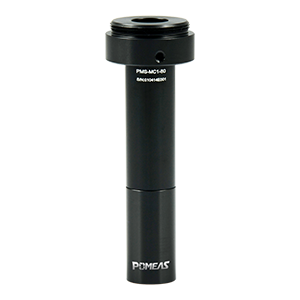
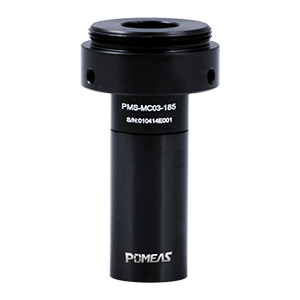
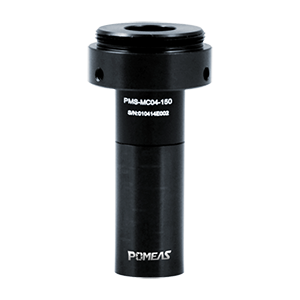
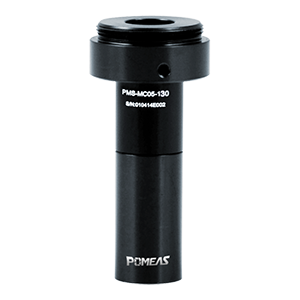
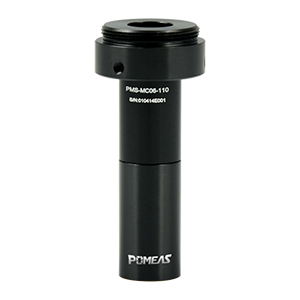
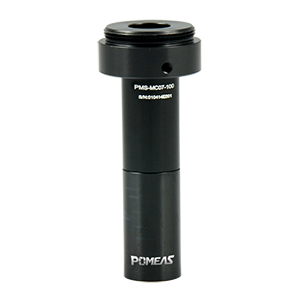
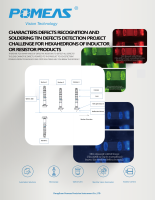

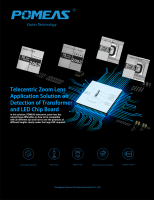

 ASK POMEAS
ASK POMEAS  PRICE INQUIRY
PRICE INQUIRY  REQUEST DEMO/TEST
REQUEST DEMO/TEST  FREE TRIAL UNIT
FREE TRIAL UNIT  ACCURATE SELECTION
ACCURATE SELECTION  ADDRESS
ADDRESS Tel:+ 86-0769-2266 0867
Tel:+ 86-0769-2266 0867 Fax:+ 86-0769-2266 0867
Fax:+ 86-0769-2266 0867 E-mail:marketing@pomeas.com
E-mail:marketing@pomeas.com
